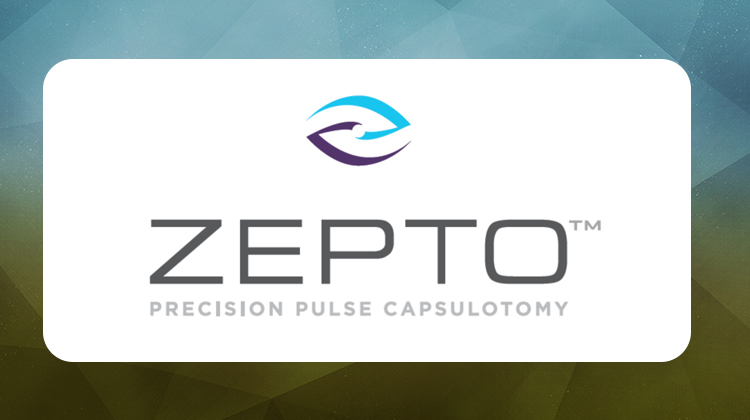How Mynosys is Gearing Up to Take on Femto

Now that Mynosys Cellular Devices has received FDA 510(k) clearance for its Zepto Capsulotomy System for cataract surgery, the company is planning its US launch August 1 and has partnered with Precision Lens of Bloomington, MN, to distribute the platform, Mynosys CEO John Hendrick tells OIS Weekly. Mynosys is based in Fremont, CA.
Zepto takes its name from the metric unit of measure factor of 10-21, or a decimal followed by 20 zeros and 1. That’s 1 million times smaller than femto, a factor of 10-15 or a decimal followed by 14 zeros and 1.
Zepto uses what is called the precision pulse capsulotomy method, a proprietary combination of calibrated suction and a 4-millisecond multipulse energy algorithm to produce highly accurate capsulotomies. The surgeon uses a disposable handpiece with a soft collapsible tip and circular nitinol cutting element to complete capsulotomies. Zepto can be used through a 2.2-mm incision.
Pricing Strategy
The Zepto power supply, or console, retails for about $10,000, Hendrick says, and the disposables would start at around $200 per procedure depending on the site of service and volume commitment. “We are very interested in pricing that will be fair for the facility,” he says.
By comparison, a femtosecond system can cost in the neighborhood of $500,000 and carries a user fee of $300 to $500 per procedure along with an annual service fee that can run $30,000 a year or so. Hendrick says the Zepto system can save “at least $200 a case” compared to femtosecond laser. “Financially it doesn’t make sense to compare this to femto since the savings is so large for using Zepto,” Hendrick adds.
Like the femtosecond laser, the Zepto can enhance and simplify implantation of premium intraocular lenses (IOLs) such as multifocals and torics. It was approved in India and Germany earlier this year. Mynosys has already sold over 100 power consoles and more than 2,700 disposable handpiece Zepto units in those countries, according to Hendrick. “We have seen overwhelming physician interest and reception for Zepto in both countries, along with a significant pull of each of the distributors’ ophthalmic products,” he says.
India, Germany Experience
“Adoption of Zepto technology has been strong in the femtosecond arena, but also in the premium IOL segment and the comorbidity market, particularly in India,” Hendrick adds. Distributors in Germany and India are providing a template for marketing the platform in the US that involves improving sales of premium IOLs.
Zepto is compatible with existing microscope and phacoemulsification platforms. “One of the most significant applications of Zepto is that it can be used to do a personalized cataract procedure based on the individual patient’s own visual axis using the Purkinje method of alignment,” Hendrick explains. “This can be done on any microscope without having to add additional applications or products.”
Hendrick claims the Zepto has two other advantages over manual continuous curvilinear capsulorrhexis (CCC) or femtosecond systems: the ability to center the lens over the visual axis rather than the capsular bag; and to carry out a capsulotomy in cases with small pupils, zonulopathies, corneal opacities and intumescent cataracts, and a host of other types of comorbidities.
Compared to femtosecond laser, Zepto does not create heat that causes inflammation and pupil reduction in patients with pseudoexfoliation syndrome. And where femtosecond adds time to the procedure, Hendrick says Zepto does not interrupt or extend the time of operation compared to manual CCC.
